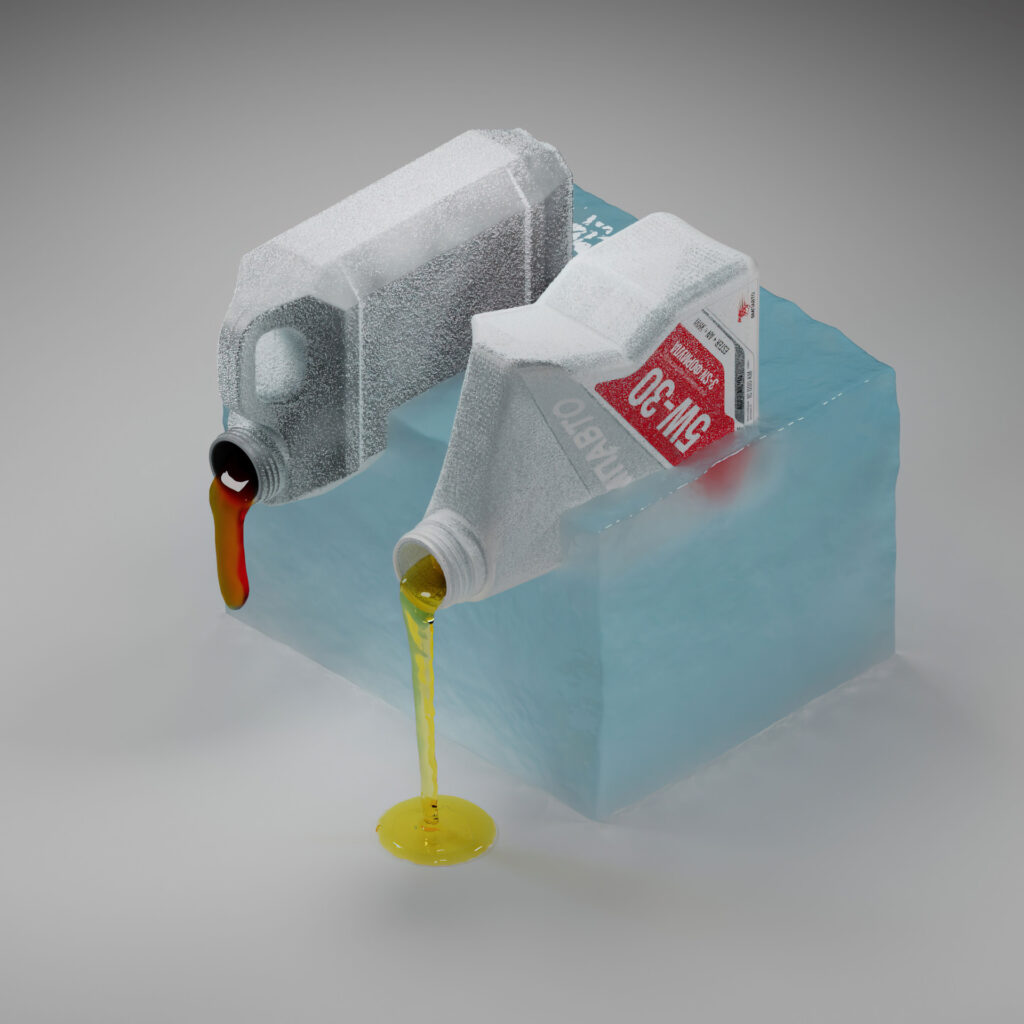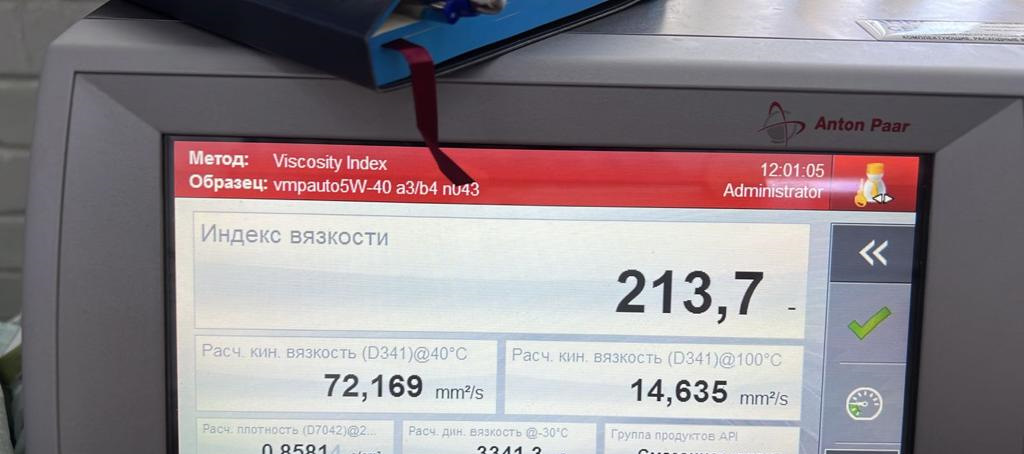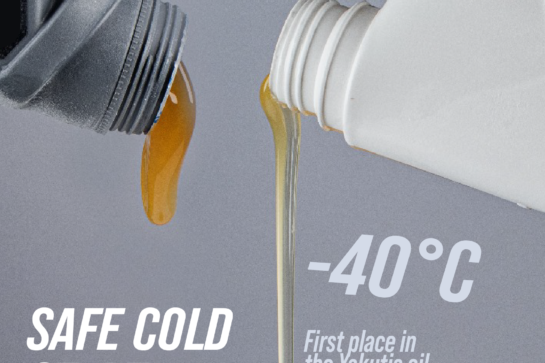What is the viscosity index of motor oil?
Which parameter do consumers look at first when choosing an oil? Correct. The viscosity characteristics, which are represented on the package by two numbers. One is the one before the “W” and the other is the one after it. Then you start looking at the API and ACEA specifications. But, first and foremost, he is interested in those same figures. By the way, there is another parameter that gives a very good idea of how the oil will perform at low and high temperatures. And the higher this parameter is, the better. It is the viscosity index.
The term “viscosity index” was first used in 1926 by Dr. Hines from Shell to describe the variation in viscosity of oils as a function of temperature. The viscosity index VI is an index that characterizes the extent to which the viscosity of an oil changes with temperature. The fact is that oil viscosity is highly dependent on temperature. Thus, as the temperature increases, the viscosity of the oil decreases, while at low temperatures, on the contrary, it increases. Only oils with a high viscosity index can minimize liquefaction at high temperatures and maintain high fluidity at low temperatures.
Combat aviation in the 1930s prompted the development of oils with a high viscosity index.
Incidentally, oil developers have always fought for the viscosity index. Thus, already in the thirties of the last century, attempts were made to ensure stable characteristics of aviation oils at both high and low temperatures. On the threshold of World War II, this problem was particularly urgent for combat aviation. On the ground, these oils were subjected to high temperatures from the environment and engine heat. After gaining altitude, the aircraft found themselves in places where the air temperature could drop to -40C. Under such conditions, conventional oils could not provide the engine with either stable operation or adequate protection.
The main engine wear occurs at engine starting. With a low viscosity index oil, wear is much higher. Especially critical is the use of this type of oil in winter.
What should be the viscosity index of a quality oil? Today, most manufacturers can show off figures of 170 and 190. This is a fairly high index and, as a rule, the oils of the top line correspond to it. However, if desired, it is possible to achieve even higher viscosity index values. This can be done by using expensive synthetic components. This is what VMPAUTO has done.
At low temperatures, oil with a higher viscosity index flows better.
At high temperature, oil with a higher viscosity index is more viscous.
The high quality VHVI (very high viscosity index) base oil, esters and alkylated naphthalenes have made it possible to raise the viscosity index of VMPAUTO 5W40 oil to 210. It is exceptional. Such oil has excellent fluidity at sub-zero temperatures, which provides maximum protection to the engine at start-up. It also easily creates a strong oil film at high temperatures. With such oil is guaranteed to start at -30 and even below, and go quietly where there are more 50. And throughout the trip the engine will be reliably protected against wear. In addition, the strong polymer ensures that the oil remains within viscosity tolerances throughout its service life.
A high viscosity index characterizes the thermal characteristics of the oil to the maximum.
Por desgracia, los fabricantes de aceite no publican el índice de viscosidad. Es poco probable que lo encuentre en el envase. No obstante, si realmente quiere comprar un aceite de calidad, pida al vendedor un pasaporte de calidad. Por regla general, el índice de viscosidad es el segundo punto. Si este parámetro es superior a los valores generalmente aceptados, asegúrese de que tiene ante usted un aceite multigrado realmente de alta calidad.







